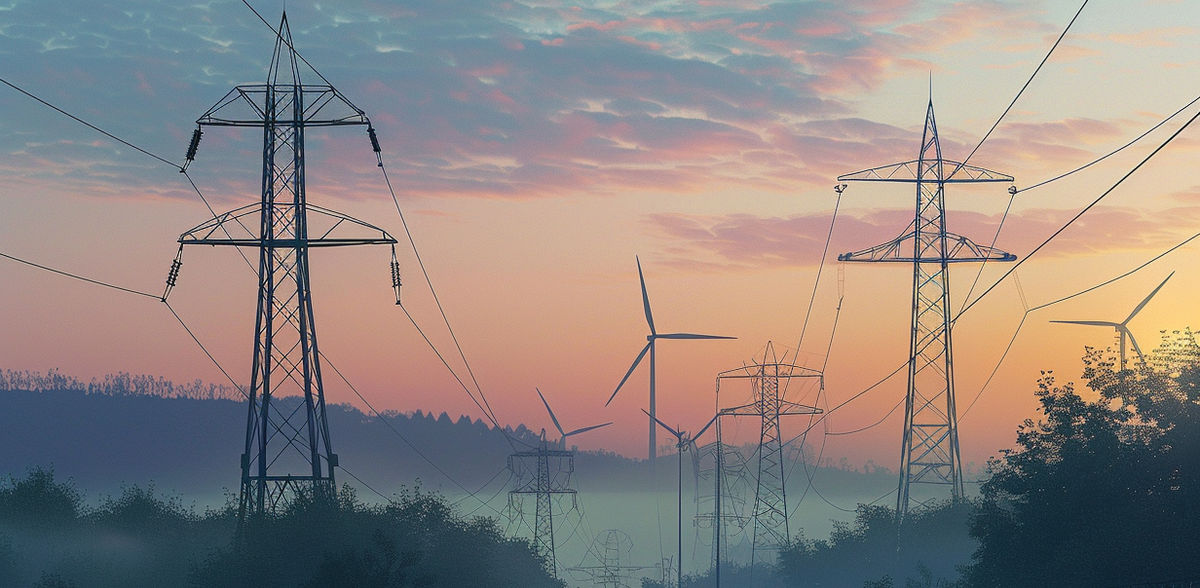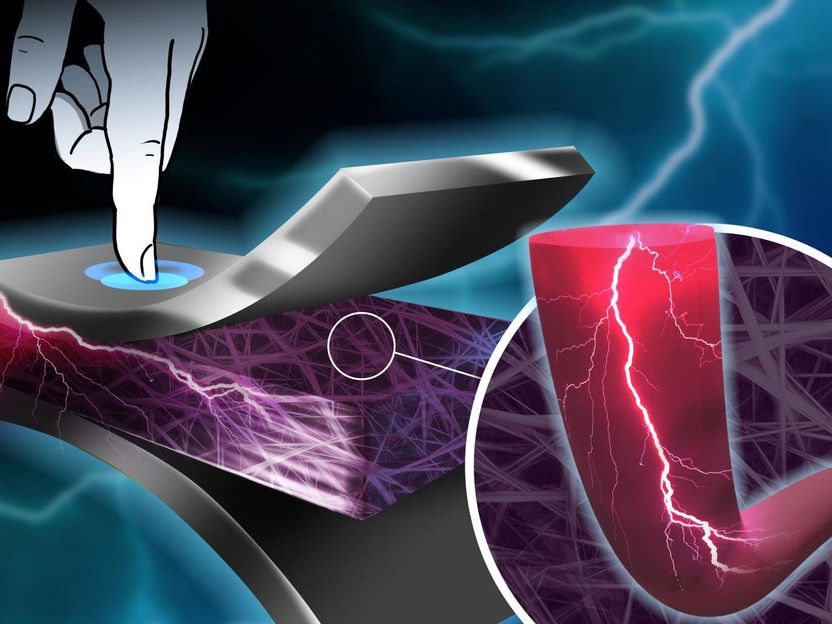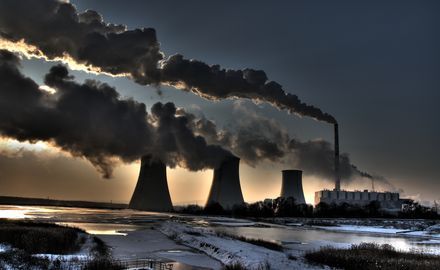Electrification or hydrogen?
Both have distinct roles in the European energy transition
Advertisement
A key step to achieving climate neutrality in the European Union is to rapidly shift from fossil fuels to electric technologies powered by Renewable energies, a new study shows. At the same time, hydrogen produced from electricity will also be indispensable in hard-to-electrify sectors such as aviation, shipping and chemicals. By 2050, electrification and hydrogen are the key strategies to reach climate neutrality based on renewable power. Future EU transformation scenarios modeled by scientists from the Potsdam Institute for Climate Impact Research PIK investigate the roles of electrification and hydrogen and find that shares of 42-60% for electricity and 9-26% for hydrogen-based energy are required in total energy consumption by 2050.
“Previous research has shown that our power system can be transformed to renewable sources like wind and solar at low cost and low environmental impact. However, the next question is how this renewable electricity can be used to substitute fossil fuel use in the buildings, industry and transport sectors. Our analysis shows that the direct use of electricity, for example, via electric cars and heat pumps, is critical for a broad range of sectors, while the conversion of electricity to hydrogen is important only for few applications,” says Felix Schreyer, PIK scientist and lead author of the study.
The study, published in 'One Earth', is the first to analyse the interplay of electrification and hydrogen in EU climate neutrality scenarios at greater sectoral detail. The analysis shows higher potentials for electrification and identifies a more confined deployment range for hydrogen-based energy than earlier studies. Using the energy-economy model REMIND, PIK-scientists investigated plausible combinations of both strategies in EU energy system transformation pathways under different scenario assumptions. They found that, across scenarios, direct electrification is the dominant strategy for passenger cars and low-temperature heating in buildings and industry, while hydrogen and synthetic fuels produced from electricity are needed primarily for aviation, shipping, the chemical industry and as electricity storage. Hence, electrification and hydrogen are largely complementary, while they compete for a small share of only about 15% of final energy. These uncertain segments include sectors like truck transport and high-temperature industrial process heat.
Three cornerstones for a successful transformation: Advancing the expansion of renewables, removing obstacles and providing incentives
“Ramping up renewable electricity supply and switching to electric technologies wherever possible is by far the fastest and cheapest way of eliminating carbon emissions in most sectors. We therefore expect the share of electricity in final energy to increase from 20% to 42-60%,” says co-author Gunnar Luderer, leader of the Energy Systems Group at PIK. This is because electric technologies are increasingly available and use electricity very efficiently, while the conversion to hydrogen and synthetic fuels and their combustion come with significant energy losses. Overall, EU electricity demand increases across their scenarios by 80-160% in 2050 depending on the amount of hydrogen imports and the role of electrification and hydrogen in uncertain sectors. This means that around twice as much power as today will have to be produced by then.
The authors also discuss the current state of EU policy with regards to electrification and hydrogen and outline three critical cornerstones for a successful transformation: Policy-making should 1) prioritise electrification and hydrogen respectively in sectors where they are preferred across all scenarios, 2) remove barriers to renewable power expansion and 3) incentivize the scale-up of hydrogen supply chains.
“Our study highlights that policymakers should respect the different sectoral roles of both strategies: By promoting electrification via electric applications for road transport and heating while prioritising hydrogen and synthetic fuels for applications where they are indispensable,” says PIK scientist and co-author Falko Ueckerdt.


























































